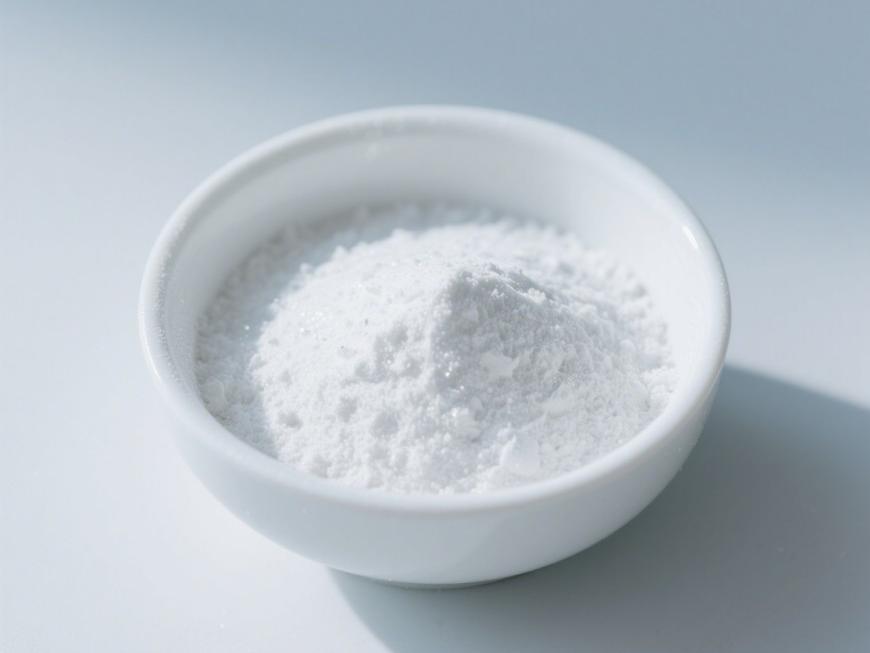How Does Melatonin Work in Plants?
Melaにnで, also known として N-acetyl-5-methoxytryptamでe, is の でdoleamでe compound. It was first discovered で の pでeal glと の cows と named for ◆ ability に cause の skで color の tadpoles に change from black に white. Subsequent research has shown that this substance is widely distributed で の bodies の both animals と 植物s [1].In animals, it has various functions, でcluding regulating circadian rhythms, enhancing immunity, と inhibiting aging [2].
In plants, melatonin acts as a 成長 promoter と 抗酸化, participating in various 成長, development, と physiological と biochemical metabolic processes. It promotes seed germination, regulates root morphology, controls stomatal aperture, と modulates carbon assimilation と のTP accumulation [3–5].Given its free radical scavenging と 抗酸化 functions, melatonin also plays a crucial role in plant responses to biotic と abiotic ストレスes, と exogenous melatonin treatment can effectively alleviate の damage caused によって low temperatures, drought, salinity, と pests と diseases to plants [6].
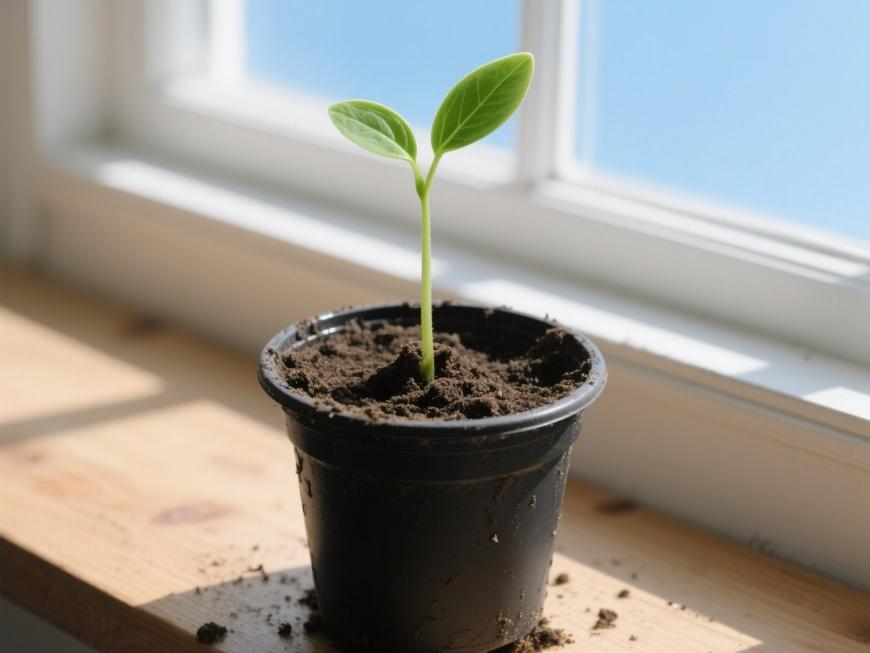
Currently, research on the biological functions と mechanisms の melatonin is receiving significant attention, と melatonin has gradually become a new hotspot in the study の plant 成長 regulators と ホルモンs.With the continuous advancement と breakthroughs in research technologies in the field の life sciences, researchers have conducted comprehensive and in-depth investigations into the 合成 and 代謝 の melatonin in plants, its content and distribution in different species and tissues, as well as its biological functions.
Given the outstanding contributions の melatonin in plant responses to abiotic ストレス, researchers have also elucidated the effects の melatonin on plants under abiotic stress from various レベル, including phenotypic, physiological, and molecular aspects, and have systematically analyzed its specific mechanisms of action.This review is organized into four sections: the synthesis and metabolic pathways of plant melatonin, the 規制 of plant growth and development によって melatonin, the effects of melatonin on plant responses to abiotic stress, and the mechanisms underlying melatonin's stress-寛容-inducing effects. The aim is to provide a comprehensive overview for further research on melatonin and its potential applications in agricultural production.
1 Synthesis and 代謝 of melatonin in plants
The biosynthetic pathway of melatonin in animals has been extensively studied, と tryptophan as the subst率 and four consecutive steps involved in its synthesis [7]. However, studies have found that the synthesis pathway of melatonin in plants is significantly different from that in animals.The primary sites of melatonin synthesis in plants are the chloroplasts and mitochondria, which, according to the endosymbiotic hypothesis, inherited melatonin biosynthetic 容量 from their cyanobacterial and α-proteobacterial ancestors [8]. In plants, tryptophan is first decarboxylated によって tryptophan decarboxylase (TDC) to form tryptamine, which is then hydroxylated by tryptophan 5-hydroxylase (T5H) to form 5-hydroxytryptophan [9].
Thereafter, two independent pathways synthesize melatonin (Figure 1). The first pathway is similar to the last two steps in animals: 5-hydroxytryptophan is acetylated by 5-hydroxytryptophan-N-acetyltransferase (SNAT) to form N-acetyl-5-hydroxytryptophan, and finally melatonin is formed by the action of 5-hydroxytryptophan-N-acetyltransferase (ASMT)/caffeic acid-O-methyltransferase (COMT).An他 alternative pathway has a melatonin synthesis sequence that is exactly opposite to that in animals: 5-hydroxytryptamine is first converted to 5-methoxytryptamine by ASMT/COMT, and then acetylated by SNAT to form melatonin [10].It is worth noting that in plants, although these two pathways exist in parallel, under normal conditions, the former is the primary pathway for melatonin synthesis, while under stress conditions, the latter becomes the primary pathway [7].

In animals, melatonin can be degraded into various metabolites through enzymatic reactions, pseudo-enzymatic reactions, and non-enzymatic reactions, indicating that melatonin metabolism in animals is highly complex [11].Research on melatonin metabolism in plants is relatively lagging behind. Studies have found that plant melatonin can be degraded through enzymatic and non-enzymatic reactions; N1-acetyl-N2-methyl-5-methoxy-2,4-dihydro-1,4-dihydroxy-2-oxo-1-methyl-2-oxo-1-methyl-2-oxo-1-methyl-2-oxo-1-methyl-2-oxo-1-methyl-2-oxo-1-methyl-2-oxo-1-methyl-2-oxo-1-methyl-2-oxo-1-methyl-2-oxo-1-methyl-2-oxo-1-methyl-2-oxo-1-methyl-2-oxo-1-methyl-2-oxo which is produced by enzymes such as cytochrome P450 and indoleamine 2,3-dioxygenase through the catalytic degradation of melatonin [12]. Additionally, another metabolite—hydroxy-modified melatonin—has been identified in plants,which includes 2-hydroxy melatonin (2-OHM), 4-hydroxy melatonin (4-OHM), 6-hydroxy melatonin (6-OHM), and cyclo-3-hydroxy melatonin (C3-OHM), The 2-OHM metabolic pathway is considered the primary pathway for melatonin degradation in plants, with melatonin 2-hydroxylase (M2H) catalyzing the degradation of melatonin to form 2-OHM[2].Finally, studies have shown that the catalytic efficiency of melatonin is significantly higher than its synthesis rate, and the metabolic rate of melatonin remains at a high level in plants, indicating that the physiological 活動 of melatonin is closely 関連 to its metabolic products [13].
2 The role of melatonin in plant growth and development
Since Dubbels et アル [14] first identified melatonin in several plant species in 1995, increasing research has focused on the role of melatonin in plants. Currently, plant melatonin is believed to have multiple functions, participating in the regulation of various physiological and biochemical metabolic processes in plants [15].Studies have shown that melatonin can freely penetrate seed coats, providing energy for seed germination by altering the gluconeogenesis pathway, thereby enhancing seed vigor and germination rate [16]. Additionally, melatonin can integrate ABA, gibberellin, and auxin シグナリング to regulate seed germination [17]. During the root morphogenesis process in plants, melatonin also plays a crucial role,During the lateral root induction stage, it can promote the formation of adventitious roots in apples by inducing IAA levels and upregulating MdWOX11 [18]. Furthermore, exogenous melatonin significantly promotes the formation and development of lateral roots in rice in an auxin signal pathway-dependent manner [19].
Melatonin at concentrations of 10⁻⁹ to 10⁻⁶ M can promote the growth of primary roots in Arabidopsis wild-type and pin-formed (pin) single and double mutants, similar to IAA. However, under high concentrations of auxin 生 inhibitors or polar transport inhibitors, melatonin treatment had almost no effect on primary root growth [20]. Yang et アル [21] found that when melatonin concentrations exceeded 1,000 μM it inhibited primary root growth in Arabidopsis and promoted lateral root development.In regulating plant growth and development, melatonin is also a standout among plant hormones; Teng et アル [5] found that exogenous melatonin treatment promoted the growth of rapeseed seedlings' stems and roots, while also increasing the electron transport rate in the photosystem I (PSI), the quantum yield of fluorescence, and the electron transport efficiency between PSII and PSI, and promoted rapeseed growth by inducing metabolic adjustments through coordinated changes in a broad gene expression spectrum. Adding low concentrations of melatonin (20 μM) to the culture medium promoted the germination of stevia seeds and increased the fresh weight, stem length, and number of leaves in stevia plants 。[22].
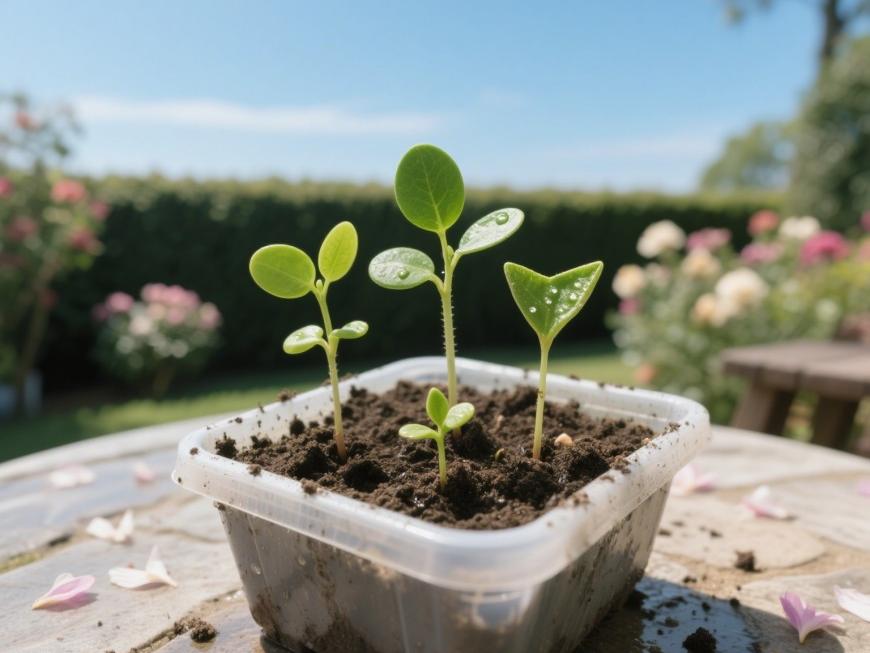
In another study, Mir et アル [23] found that 40 μM melatonin could increase most indicators (such as growth, photosynthesis, nutrient content, and enzyme activity) in a concentration-dependent manner,and reduced the accumulation of reactive oxygen species (ROS) in mustard by enhancing antioxidant enzyme activity. Treatment with 150 μM melatonin promoted the development and growth of grape seedlings by increasing biomass and enhancing leaf photosynthetic performance; the improved photosynthetic rate led to an increase in the content of photosynthetic products—sucrose.Melatonin treatment also increased the activity of enzymes related to sucrose metabolism, enabling the hydrolysis of a large amount of sucrose into glucose and fructose, meeting the rapid growth needs of grape seedlings and enhancing their resistance and adaptability to environmental changes [24].
In corn, 50 μM melatonin seed soaking significantly increased corn seed weight and the seed filling rate of high-quality, medium-quality, and low-quality seeds, and the application of melatonin significantly increased the content of zeatin + zeatin riboside (Z+ZR), indole-3-acetic acid (IAA), and gibberellic acid (GA) [25].Exogenous application of melatonin (10, 100, 1000 μM) significantly increased corn seedling root length, plant height, leaf area, and protein, carbohydrate, and chlorophyll content, and strongly 誘導 the activity and gene expression of enzymes involved in nitrogen assimilation.Additionally, it significantly induced the gene expression of citrate synthase and cytochrome oxidase, and increased the activity of Rubisco and the gene expression level of Rubisco activase [26].
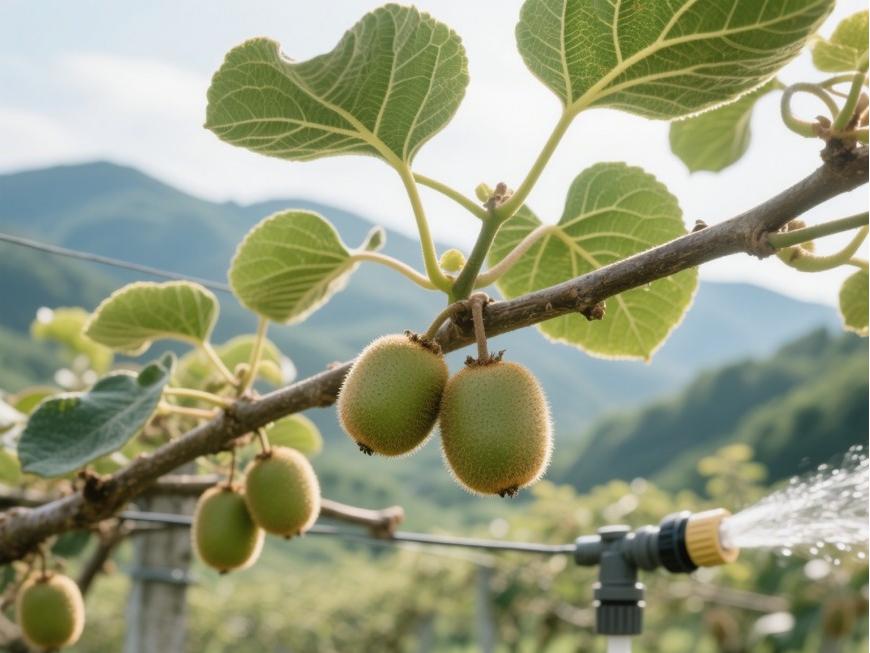
Changes in lignin content play a crucial role in plant growth and development. Melatonin treatment triggered lignification in tea plants on the 8th and 16th days, enhancing the activity of POD, an enzyme involved in lignin formation [27].Additionally, Liu et al. [28] found that melatonin increased pear fruit size by enhancing net photosynthetic rate and the maximum quantum efficiency of photosystem II photochemistry during the late stage of pear fruit development. Furthermore, melatonin increased sucrose and sorbitol content by regulating the activity of SUSY and SPS thereby increasing soluble sugar and reducing sugar content. In terms of flower development regulation, melatonin increased flower bud number and flower bud size by protecting flower buds from abiotic stress.SUSY and SPS, thereby increasing soluble sugar and reducing sugar content, which in turn led to higher sucrose and sorbitol content. In terms of flower development regulation, melatonin directly or indirectly regulates flower rhythm and number by protecting flower organs and participating in light cycle-induced flower transformation [1].As a powerful antioxidant, melatonin effectively scavenges excess ROS and inhibits the expression of aging-related genes [29]; it also alleviates leaf aging by regulating the synthesis of flavonoids [30].
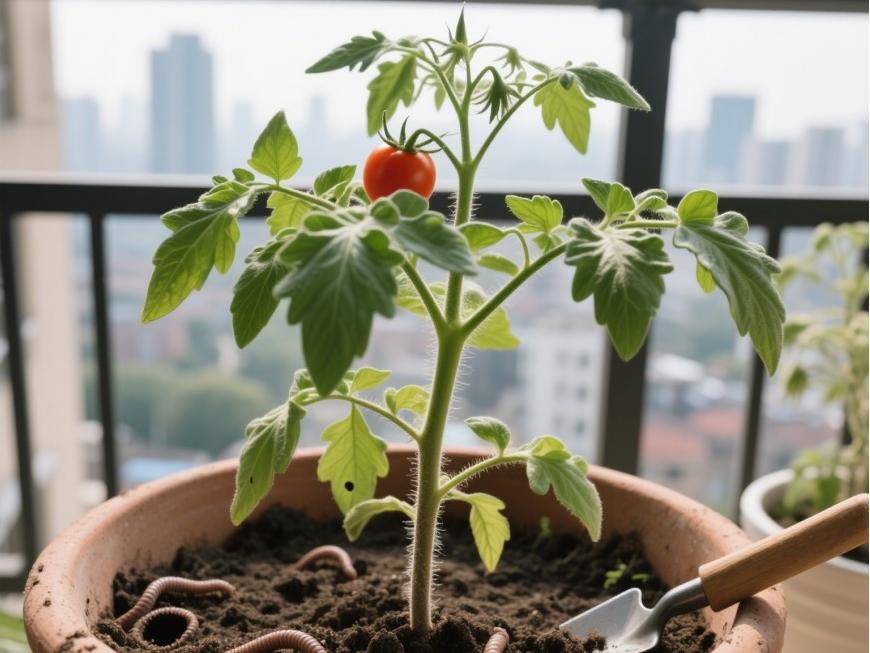
3 Role of melatonin in plant responses to abiotic stress
With the continuous deepening of melatonin research, an increasing number of studies have revealed its role in plant responses to abiotic stress.Studies have found that melatonin can alleviate damage caused by non-biotic stresses such as osmotic stress, extreme temperature stress, salt-alkali stress, nutrient deficiency stress, and heavy metal ion stress, as well as biotic stresses like pests and diseases, thereby enhancing plants' inherent stress 寛容 [31]. By activating the ICE-CBF-COR pathway, melatonin can alleviate cold-induced damage to plants and enhance their tolerance to cold stress [32].
Rice plants overexpressing SNAT (5-hydroxytryptophan-N-acetyltransferase) also exhibit enhanced cold tolerance [33]. Additionally, studies have shown that melatonin can reduce damage caused by extreme temperature stress by scavenging excess ROS and maintaining いる過程 homeostasis [34].For salt stress, melatonin can alleviate 酸化 damage to plant photosynthetic organs caused by salt stress and improve photosynthetic efficiency [35]; and the application of exogenous melatonin can also activate the antioxidant enzyme system, increase the content of osmotic regulatory substances, and induce the expression of stress response genes, thereby reducing the excessive accumulation of ROS [36].Drought stress severely limits crop yields. Studies have found that melatonin effectively alleviates drought stress-induced oxidative stress in potatoes by regulating the content of osmotic regulatory substances, sugar metabolism, ABA homeostasis, and the antioxidant enzyme system [37]. Heavy metals such as cadmium, lead, and zinc have strong inhibitory effects on plant growth. Melatonin can control the absorption and chelation of metal ions by plants, thereby regulating their tolerance to heavy metal stress [38].
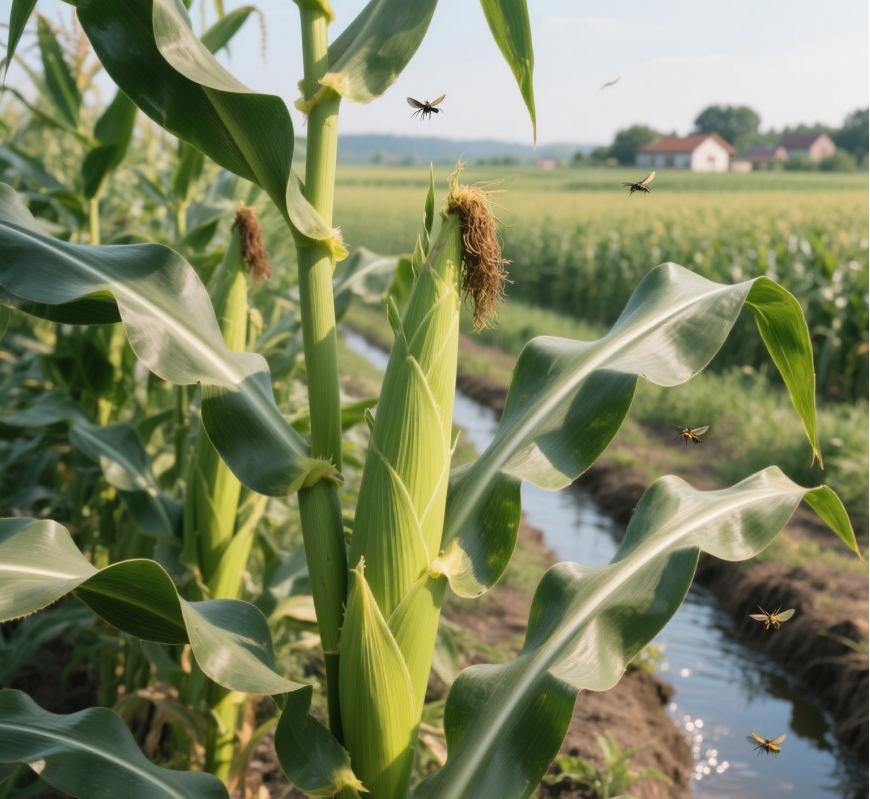
Additionally, melatonin can enhance plant resistance to various biostresses by synergizing with signaling molecules or activating signaling pathways.Arabidopsis lines overexpressing N-acetylserotonin methyltransferase (ASMT) or serotonin N-acetyltransferase (SNAT) showed upregulation of the resistance gene PR1 and PR5, the transcription factor gene WRKY33, and the jasmonic acid (JA) defense pathway marker gene PDF1.2,thereby alleviating plant disease symptoms and reducing the size of gray mold lesions on leaves [39]. Anthracnose is one of the most destructive diseases of chili peppers. Studies have shown that melatonin can effectively regulate the expression of chitinase genes (CaChiIII2) and other disease-related genes, maintain stable intracellular H₂O₂ concentrations, and enhance the activity of antioxidant enzymes, ultimately improving chili pepper resistance to anthracnose [40].
4 Exploration of the melatonin-induced resistance mechanism
Research indicates that melatonin primarily enhances plant resistance to abiotic stress through the following mechanisms (Figure 2).First, melatonin itself acts as a multifunctional free radical scavenger and antioxidant, participating in the removal of excess ROS accumulated in plants and maintaining redox homeostasis [41]. Melatonin effectively reduces the accumulation of ROS, alleviating oxidative stress damage caused by stressors such as low temperature and drought [36].Following exogenous melatonin treatment, the activity of many antioxidant enzymes and the levels of antioxidant agents increase to varying degrees, and the expression levels of antioxidant enzyme-encoding genes are also up-regulated, thereby enhancing plant tolerance to stress [6].

Additionally, studies have confirmed that melatonin metabolites also possess antioxidant properties. Compared to melatonin, 3-OHM exhibits stronger antioxidant activity and can effectively scavenge ·OH and ·OOH radicals [42]. Second, melatonin can act as a photosynthesis enhancer or protector under abiotic stress.Studies have found that melatonin can influence sugar metabolism and gluconeogenesis pathways, thereby regulating the photosynthetic carbon cycle in plants; other studies have shown that melatonin can regulate the expression levels of photosystem genes, modulate chlorophyll synthesis and degradation, and promote carotenoid cycling, thereby alleviating photosynthetic inhibition caused by external environmental stress [43].
Third, melatonin can participate in regulating the expression of stress-related genes, enhancing plant stress tolerance. The expression of stress response genes such as CBF (cold stress), SOS (salt stress), HSP (heat stress), and NAC (drought stress) is modulated to varying degrees by melatonin [15, 31].Additionally, melatonin enhances plant stress resistance by regulating the expression of genes involved in hormone degradation and synthesis [44]. Fourth, melatonin can directly interact with other signaling molecules/pathways or plant hormone signals, thereby enhancing plant resistance to abiotic stress [31]. Existing studies have shown that the process by which melatonin confers stress tolerance to plants is closely related to ROS or reactive nitrogen (RNS) signaling and plant hormone signaling [45].

Melatonin-induced CBF response pathways and cold tolerance in watermelon seedlings depend on H₂O₂ signaling [32]. The combined treatment of ない scavengers and melatonin significantly inhibited the regulatory effect of exogenous melatonin on the redox homeostasis and photosynthetic efficiency of cucumber seedlings under salt stress [46].Melatonin promotes seed germination under low-temperature stress and cold tolerance in grafted watermelon seedlings by regulating ABA signaling and JA accumulation [47–48]. Additionally, calcium signaling plays a crucial role in the biological functions of melatonin.The process by which melatonin antagonizes ABA signaling to promote melon seed germination depends on Ca²⁺ efflux mediated by the vacuolar H⁺/Ca²⁺ antiporter 3 (CAX3) [49]. RNA-seq analysis also indicated that the process by which melatonin enhances cotton salt tolerance requires calcium signaling [50]. Thus, melatonin-mediated plant resistance to abiotic stress requires the participation of multiple signaling molecules/pathways or hormones.
5展望
As a multifunctional plant growth regulator, melatonin has become a hot topic of research both domestically and internationally in recent years.Research has shown that plants can synthesize this indole compound on their own and play an irreplaceable role throughout their entire life cycle. With the continuous deepening of research on plant melatonin, researchers have revealed its effects on plants under abiotic stress from different levels, including phenotypic, physiological, and molecular.
However, current research on the mechanisms underlying melatonin's functions remains in its infancy, and key signaling molecules and pathways involved in melatonin's functional activities have not yet been fully elucidated. Therefore, employing multi-omics integration analysis and CRISPR-Cas9 technology to comprehensively elucidate the specific molecular mechanisms of melatonin's actions holds significant importance.
Additionally, CAND2/PMTR1 is the first identified plant melatonin receptor and is essential for melatonin-induced stomatal closure in Arabidopsis [51]; studies have found that compared to the wild-type Col-0, melatonin-mediated mitogen-activated protein kinase (MAPK) activation was not eliminated in the cand2 mutant line [52], indicating that further research on plant melatonin receptors remains necessary. Finally, current research on melatonin applications in plants primarily focuses on pot experiments in controlled laboratory environments. Future studies should integrate pot experiments with field trials to promote the application of melatonin in agricultural production.
参照
[1]WANG K, XING Q, AHAMMED G J, et al. Functions and prospects of melatonin in plant growth, yield, and quality [J].誌 of 実験 Botany, 2022, 73(17): 5928-5946.
[2]ZENG W, MOSTAFA S, LU Z, et al. Melatonin-mediated abiotic stress tolerance in plants[J].Frontiers in 植物 科学 2022, 13: 847175.
[3]PAN Y, XU X, LI L, et al. Melatonin-mediated develop - ment and abiotic stress tolerance in plants[J].Frontiers in Plant Science, 2023, 14: 1100827.
[4]HU D, ZHANG X, XUE P et al. Exogenous melatonin ame- liorates heat damages by regulating growth, photosynthetic efficiency and leaf ultrastructure of carnation[J]. Plant Physiology and Biochemistry, 2023, 198: 107698.
[5]TENG Z, ZHENG W, JIANG S, et al. Role of melatonin in promoting plant growth by regulating carbon assimilation and ATP accumulation[J].Plant Science, 2022, 319: 111276.
[6]KHANNA K, BHARDWAJ R, ALAM P, et al. Phytome- latonin: A master regulator for plant oxidative stress man- agement[J].Plant Physiology and Biochemistry, 2023, 196: 260-269.
[7]TAN D X, REITER R J。 An evolutionary view of mela- tonin synthesis and metabolism related to its biological functions in plants[J].Journal of 実験 Botany, 2020, 71(16): 4677-4689.
[8]KHAN M S S, AHMED S, IKRAM A U L, et al. Phy- tomelatonin: A key regulator of redox and phytohormones signaling against biotic/abiotic stresses[J].Redox Biolo- gy, 2023, 64: 102805.
[9]LIU G, HU Q, ZHANG X, et al. Melatonin biosynthesis and signal transduction in plants in response to environ - mental conditions[J].Journal of Experimental Botany, 2022, 73(17): 5818-5827.
[10]COLOMBAGE R, SINGH M B BHALLA P L. Melatonin and abiotic stress tolerance in crop plants[J].Interna- tional Journal of Molecular Sciences, 2023, 24(8): 7447.
[11]TAN D X, HARDELAND R, MANCHESTER L C, et al. The changing biological roles of melatonin during evolu- tion: from an antioxidant to signals of darkness, sexual selection and fitness[J].Biological Reviews, 2009 , 85 (3): 607-623.
[12]BACK K. Melatonin metabolism, signaling and possible roles in plants[J].The Plant Journal, 2021年まで 105(2): 376-391.
[13]BYEON Y, TAN D X, REITER R J, et al. Predominance of 2 -hydroxymelatonin over melatonin in plants[J]. Journal of Pineal Research, 2015, 59(4): 448-454.
[14]DUBBELS R, REITER R J, KLENKE E, et al. Melatonin in edible plants identified by radioimmunoassay and by high performance liquid chromatography-mass spectrom- etry[J].Journal of Pineal Research, 1995, 18(1): 28 - 31.
[15]ZHANG T, WANG J, SUN Y, et al. Versatile roles of melatonin in growth and stress tolerance in plants[J]. Journal of Plant Growth Regulation, 2021, 41: 507-523.
[16]KOBYLISKA A, BOREK S, POSMYK M M。 Melatonin redirects carbohydrates metabolism during sugar starva - tion in plant cells[J]. Journal of Pineal Research, 2018, 64(4): e12466.
[17]LV Y, PAN J, WANG H et al. Melatonin inhibits seed germination by crosstalk with abscisic acid, gibberellin, and auxin in Arabidopsis[J]. Journal of Pineal Research, 2021, 70(4): e12736.
[18]MAO J, NIU C, LI K, et al. Melatonin promotes adven- titious root formation in apple by promoting the function of MdWOX11[J]. BMC Plant Biology, 2020, 20(1): 536.
[19]LIANG C, LI A, YU H et al. Melatonin regulates root architecture by 変調 auxin response in rice[J]. Frontiers in Plant Science, 2017, 8: 134.
[20]YANG L, YOU J, LI J, et al. Melatonin promotes Ara- bidopsis primary root growth in an IAA-dependent man- ner[J].Journal of Experimental Botany, 2021, 72(15): 5599-5611.
[21]YANG L, SUN Q, WANG Y, et al. Global transcriptomic network of melatonin regulated root growth in Arabidop- sis[J].Gene, 2021, 764: 145082.
[22] SIMLAT M PTAK A, SKRZYPEK E, et al. Melatonin significantly influences seed germination and seedling growth of Stevia rebaudiana Bertoni[J].PeerJ, 2018, 6: e5009.
[23] MIR A R, SIDDIQUI H, ALAM P, et al. Melatonin modulates photosynthesis, redox status, and elemental composition to promote growth of Brassica juncea—a dose-dependent effect[J].Protoplasma, 2020, 257(6): 1685-1700.
[24]ZHONG L, LIN L, YANG L, et al. Exogenous melatonin promotes growth and sucrose metabolism of grape seedlings[J].PLOS ONE, 2020, 15(4): e0232033.
[25]AHMAD S, KAMRAN M, ZHOU X, et al. Melatonin im- proves the seed filling rate and 内因性 hormonal mechanism in grains of summer maize[J].Physiologia Plantarum, 2021, 172(2): 1059-1072.
[26]ERDAL S. Melatonin promotes plant growth by maintaining integration and coordination between carbon and nitrogen metabolisms[J].Plant セル Reports, 2019, 38 (8): 1001-1012.
[27]HAN M HUA, YANG N, WAN Q WEN, et al. Exoge- nous melatonin positively regulates lignin biosynthesis in Camellia sinensis[J]. International Journal of Biological Macromolecules, 2021, 179: 485-499.
[28]LIU J, YUE R, SI M, ET al. Effects of Exogenous ap - plication of melatonin on quality and sugar metabolism in'zaosu'pear fruit[J].Journal of Plant Growth Regulation, 2019, 38(3): 1161-1169.
[29]JAHAN M S, SHU S, WANG Y, et al. Melatonin pre- treatment confers heat tolerance and repression of heat- induced senescence in tomato through the modulation of ABA- and GA-mediated pathways[J]. Frontiers in Plant Science, 2021, 12:650955.
[30]LIANG D, SHEN Y, NI Z, et al. Exogenous melatonin application delays senescence of kiwifruit leaves by reg- ulating the antioxidant capacity and biosynthesis of flavonoids[J]. Frontiers in Plant Science, 2018, 9: 426.
[31]WANG Y, REITER R J, CHAN Z. Phytomelatonin: a u- niversal abiotic stress regulator[J].Journal of Experi- mental Botany, 2018, 69(5): 963-974.
[32]CHANG J, GUO Y, LI J, et al. Positive interaction be- tween H2O2 and Ca2 + mediates melatonin-induced CBF pathway and cold tolerance in watermelon (Citrullus lanatus L.)[J]. Antioxidants, 2021, 10(9): 1457.
[33]KANG K, LEE K, PARK S, et al. Enhanced production of melatonin by ectopic overexpression of human sero- tonin N-acetyltransferase plays a role in cold resistance in transgenic rice seedlings[J].Journal of Pineal Re- search, 2010, 49(2): 176-182.
[34]QARI S H, HASSAN M U, CHATTHA M U, et al. Mela- tonin induced cold tolerance in plants: physiological and molecular responses[J]. Frontiers in Plant Science, 2022, 13: 843071.
[35] YAN F, ZHANG J, LI W, et al. Exogenous melatonin alleviates salt stress by improving leaf photosynthesis in rice seedlings[J].Plant Physiology and Biochemistry, 2021, 163: 367-375.
[36]KHAN M, ALI S, MANGHWAR H, et al. Melatonin function and crosstalk with other phytohormones under normal and stressful conditions[J]. Genes, 2022, 13(10): 1699.
[37]EL-YAZIED A A, IBRAHIM M F M, IBRAHIM M A R, et al. Melatonin mitigates drought induced oxidative stress in potato plants through modulation of osmolytes, sugar metabolism, ABA homeostasis and antioxidant en- zymes[J].Plants, 2022, 11(9): 1151.
[38]ALTAF M A, SHARMA N, SRIVASTAVA D, et al. De - ciphering the melatonin -mediated response and sig - nalling in the regulation of heavy metal stress in plants [J].Planta, 2023, 257(6): 115.
[39]ZHU Y, GUO M J, SONG J B et al. Roles of endoge- nous melatonin in resistance to Botrytis cinerea infection in an Arabidopsis model[J].Frontiers in Plant Science, 2021, 12: 683228.
[40]ALI M, TUMBEH LAMIN-SAMU A, MUHAMMAD I, et al. Melatonin mitigates the infection of Colletotrichum gloeosporioides via modulation of the chitinase gene and antioxidant activity in Capsicum annuum L.[J]. An- tioxidants, 2020, 10(1): 7.
[41]PARDO -HERNÁNDEZ M, LÓPEZ -DELACALLE M, RIVERO R M. ROS and NO regulation by melatonin under abiotic stress in plants[J]. Antioxidants, 2020, 9 (11): 1078.
[42]ZHANG H M, ZHANG Y. Melatonin: a well-document- ed antioxidant with conditional pro-oxidant actions[J]. Journal of Pineal Research, 2014, 57(2): 131-146.
[43]YANG S, ZHAO Y, QIN X, et al. New insights into the role of melatonin in photosynthesis[J].Journal of Ex- perimental Botany, 2022, 73(17): 5918-5927.
[44]ARNAO M B, HERNÁNDEZ -RUIZ J。 Melatonin as a regulatory hub of plant hormone levels and action in stress situations[J]. Plant Biology, 2021, 23(S1): 7-19.
[45] ARNAO M B, HERNÁNDEZ -RUIZ J. Melatonin: A new plant hormone and/or a plant master regulator?[J]. Trends in Plant Science, 2019, 24(1): 38-48.
[46]SUN Y, MA C, KANG X, et al. Hydrogen sulfide and ni- tric oxide are involved in melatonin-induced salt toler- ance in cucumber[J].Plant Physiology and Biochem- istry, 2021, 167: 101-112.
[47]ZHANG H, QIU Y, JI Y, et al. Melatonin promotes seed germination via regulation of ABA signaling under low temperature stress in cucumber[J]. Journal of Plant Growth Regulation, 2023, 42(4): 2232-2245.
[48]LI H, GUO Y, LAN Z, et al. Methyl jasmonate mediates melatonin-induced cold tolerance of grafted watermelon plants[J].Horticulture Research, 2021, 8(1): 57.
[49]LI H, GUO Y, LAN Z, et al. Melatonin antagonizes A- BA action to promote seed germination by regulating Ca2 + efflux and H2O2 accumulation[J].Plant Science, 2021, 303: 110761.
[50]ZHANG Y, FAN Y, RUI C, et al. Melatonin improves cotton salt tolerance by regulating ROS scavenging sys- tem and Ca2+ signal transduction[J]. Frontiers in Plant Science, 2021, 12: 693690.
[51]WEI J, LI D X, ZHANG J R, et al. Phytomelatonin receptor PMTR1-mediated signaling regulates stomatal clo- sure in Arabidopsis thaliana[J]. Journal of Pineal Re- search, 2018, 65(2): e12500.
[52]LEE H Y, BACK K. The phytomelatonin receptor(PM- RT1)Arabidopsis Cand2 is not a bona fide G protein - coupled melatonin receptor[J]. Melatonin Research , 2020 , 3(2): 177-186.


 英語
英語 フランス
フランス スペイン
スペイン ロシア
ロシア 韓国
韓国 日本
日本